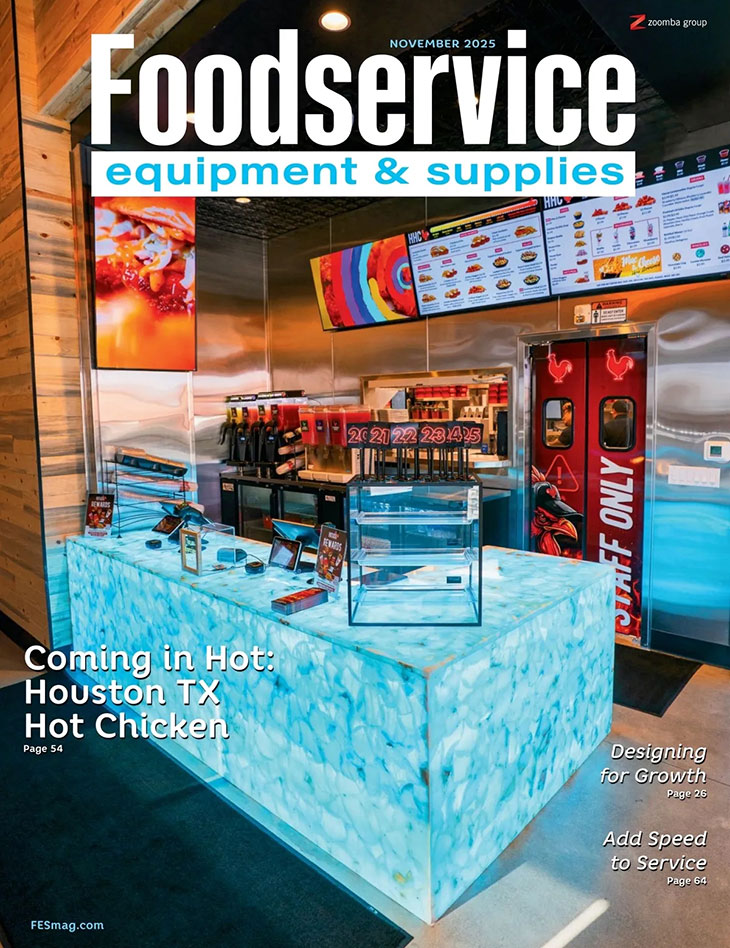The increased temperatures and bump in summer business can cause trouble with refrigeration equipment but it doesn't have to.
Some tips for getting started with building information modeling and REVIT in foodservice design.
No commercial kitchen can survive without refrigeration. It allows operators to safely store thousands of dollars' worth of product and prep food in anticipation of high volume periods.
Technological advancements have improved the energy efficiency of these units.
If Arizona is the birthplace of the breakfast/lunch restaurant concept, the 21-year-old U.S. Egg Restaurant is one of this segment's pioneers.
One common mistake operators make is specifying a self-serve display case when a full-serve unit would be more effective and safe. Here are four considerations to weigh when purchasing a heated merchandiser.
When Phil Burke and his wife Debbie opened the first Scrambler Marie's Breakfast Bistro 22 years ago in Toledo, Ohio, the plan was to create a family restaurant with limited hours so the owners and staff would not have to sacrifice family time.
Because these units are visible to customers, regular cleaning is a must. There are necessary steps operators should take in terms of cleaning and maintenance.
Heated merchandisers are not only functional, but also serve as a selling vehicle for a variety of food types.
By leveraging his creativity and partnering with an area rep firm, Ohio restaurateur Steve Schimoler has turned a 1920s-era bank into a dynamic foodservice operation that includes a burgeoning restaurant, test kitchen and more.
Heated merchandisers used in self- and full-service applications can take a fair share of abuse. It helps to be aware of the signs that signify a new unit is necessary.
The increasing popularity of breakfast paired with the efficiencies of a single-shift operation have these limited-service restaurants, which specialize in breakfast and lunch, rising and shining.
Heated merchandisers are suitable for front of house use in both full- and self-service applications.
When it comes to high-tech cooking techniques, what's old is new again for the foodservice industry.
On a visit to Italy, Philadelphia chef and restaurant owner Marc Vetri was overcome by the large beer culture that was beginning to evolve. Inspired by beer-centric restaurants abroad and in the United States, Vetri opened his first gastro pub, Alla Spina, just two months ago.



